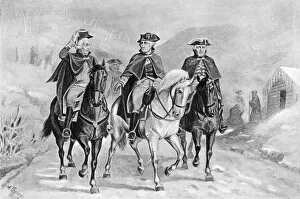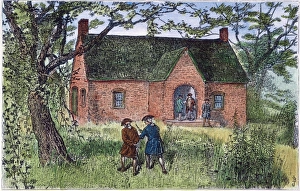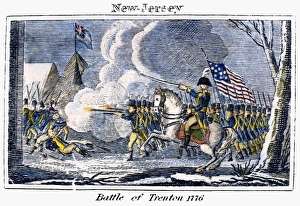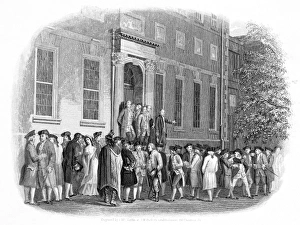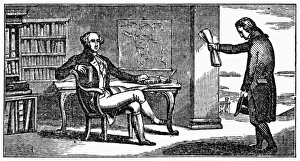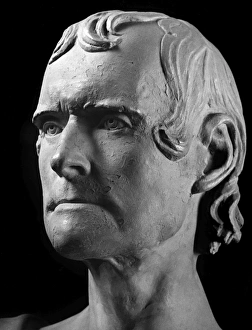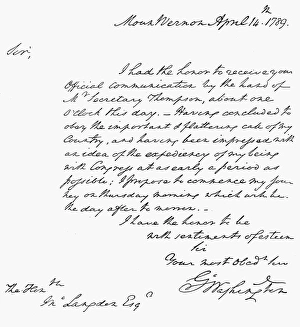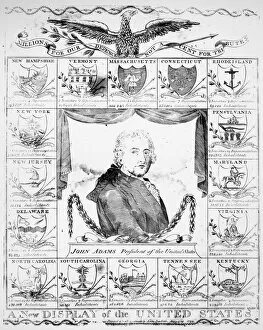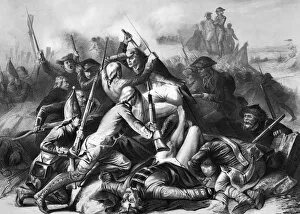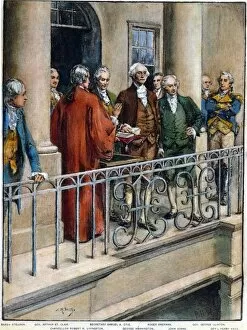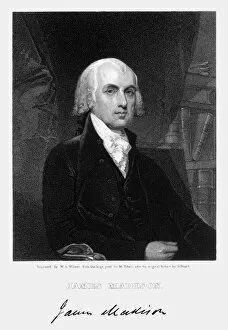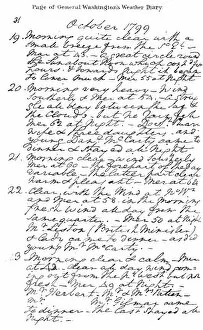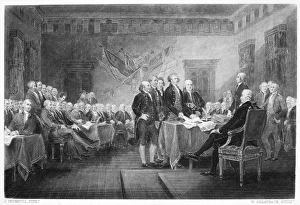Founding Fathers Collection (page 7)
"Founding Fathers: Pioneers of a Nation's Birth" Step back in time to the Continental Congress, where Chaplain Jacob Duche led the first prayer
All Professionally Made to Order for Quick Shipping
"Founding Fathers: Pioneers of a Nation's Birth" Step back in time to the Continental Congress, where Chaplain Jacob Duche led the first prayer, igniting the spirit of unity and divine guidance. Witness this historic moment that laid the foundation for a new nation. In 1781, amidst the battlefields of Yorktown, Alexander Hamilton stood tall as an emblem of resilience and determination. This steel engraving captures his unwavering spirit during America's fight for independence. Benjamin Franklin, a man of many talents and accomplishments, is immortalized in oil on canvas. A true Renaissance figure, he contributed to science, diplomacy, and even journalism. His influence resonates through generations. Debating fervently in 1787 was an assembly tasked with shaping America's future - The US Constitution Convention. These visionaries engaged in intellectual discourse that would shape our democracy for centuries to come. The Declaration of Independence stands as a testament to bravery and defiance against tyranny. Its copper print from 1823 encapsulates the boldness that birthed thirteen United States united under one cause. Thomas Paine's influential pamphlet "Common Sense, " owned by John Adams himself, served as a catalyst for revolutionary ideas that fueled American independence. Its second edition title-page holds historical significance. George Washington presided over the Constitutional Convention at Philadelphia in 1787 with wisdom and leadership unparalleled. This line engraving transports us to witness his pivotal role in crafting our enduring constitution. Patrick Henry's fiery oratory skills echoed through history when he addressed the First Continental Congress in 1774. Jean Leon Gerome Ferris' painting immortalizes this hero who inspired countless patriots with his words. Alexander Hamilton left an indelible mark on American politics; his portrait painted by John Trumbull captures his essence perfectly - ambitious yet devoted to building a strong nation founded on principles we still cherish today.


